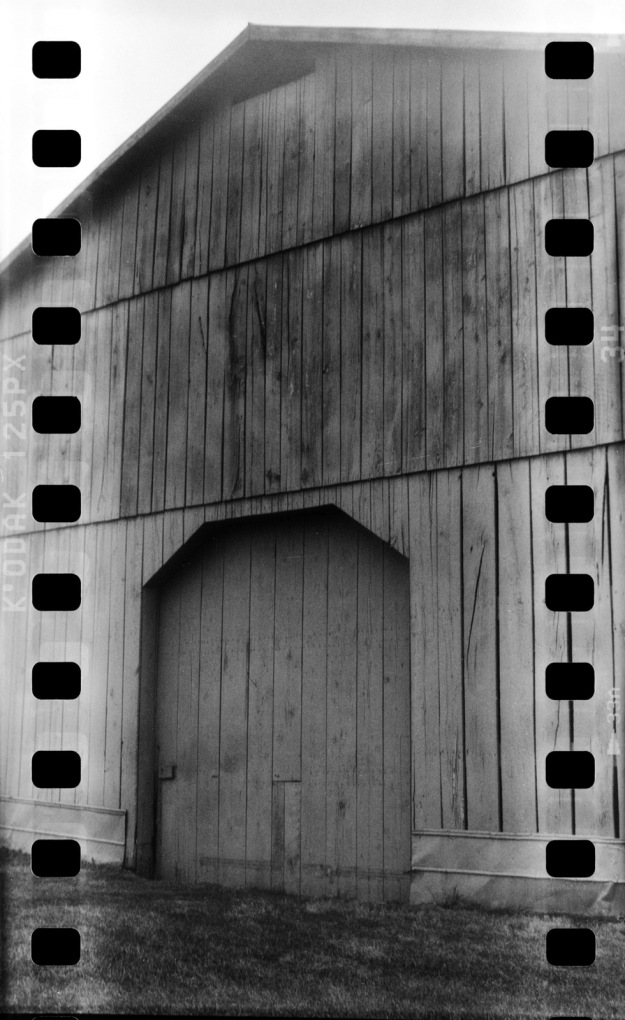How I wish it were in France, but central Kentucky is a great consolation prize. For those of you outside Kentucky, it’s not pronounced “Ver-SIGH-ee.” It’s “Ver-SAILS.” Also nearby are Paris (PEAR-us, not pear-EE) and Athens (AEE-thens, not ATH-ens). Took the Yashica-12 medium format 6×6 roll film camera and a roll of Neopan Acros (Fujifilm) to try.
I’m trying to learn new exposure and developing techniques. Today I wanted to try exposing for shadows and making development adjustments to bring out more detail in the shadows. For the Acros, box speed is 100, so I rated it at ASA 50. On every shot, I metered for shadows using a spot meter, then increased exposure by 2 stops. When I developed in Ilford Perceptol at 1:3, I reduced development time by about 20%. From what I’ve read, this keeps the highlights from blowing out.
I have to say that it works. It allowed me to decide what kind of detail I wanted in Photoshop. It’s very similar to, if not exactly like, using the zone system to control contrast. By metering for the part of the scene where you want to retain detail in the shadows, you are essentially placing that in zone III in a 7-zone system. Your camera meter is searching for medium 18% gray, or zone V in a 7-zone system. If I would meter for the shadow detail and not increase exposure, then that shadow would be medium gray and the highlights blown out. The opposite is true when metering bright subjects like snow. The meter is looking for gray, so it will reduce exposure to make that snow gray and block the shadows.
Ansel Adams’ trilogy on photography outlines the zone system and previsualization. By anticipating where tones will be in a picture before the shutter is released is a powerful skill. But Adams’ system encompasses 9 zones, which are perfect for large format photography. But I shoot 35mm and medium format, which has less contrast in enlargements. Plus, I’m not a professional and can’t distinguish such minute changes in shade. I base my view of the zone system on one proposed by Carson Graves in his book The Zone System for 35mm Photographers. This book opened my eyes to the zone system. I had read Adams’ books on it, but it never totally clicked until I read Graves’ book and tried his technique. I suggest you get it (used ones are really cheap!) and try it.

“Doublecross” Versailles, KY

“Plant Stand” Versailles, KY

“Refershing” Versailles, KY.

“Mailslot” Versailles, KY
38.052576
-84.729946





















